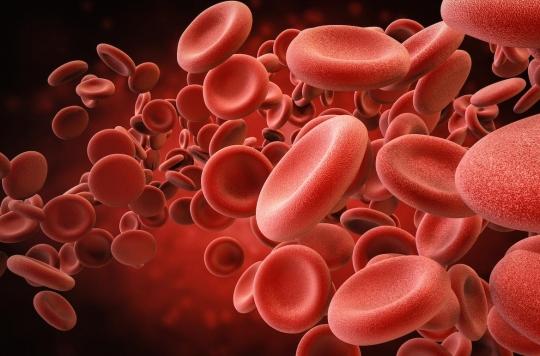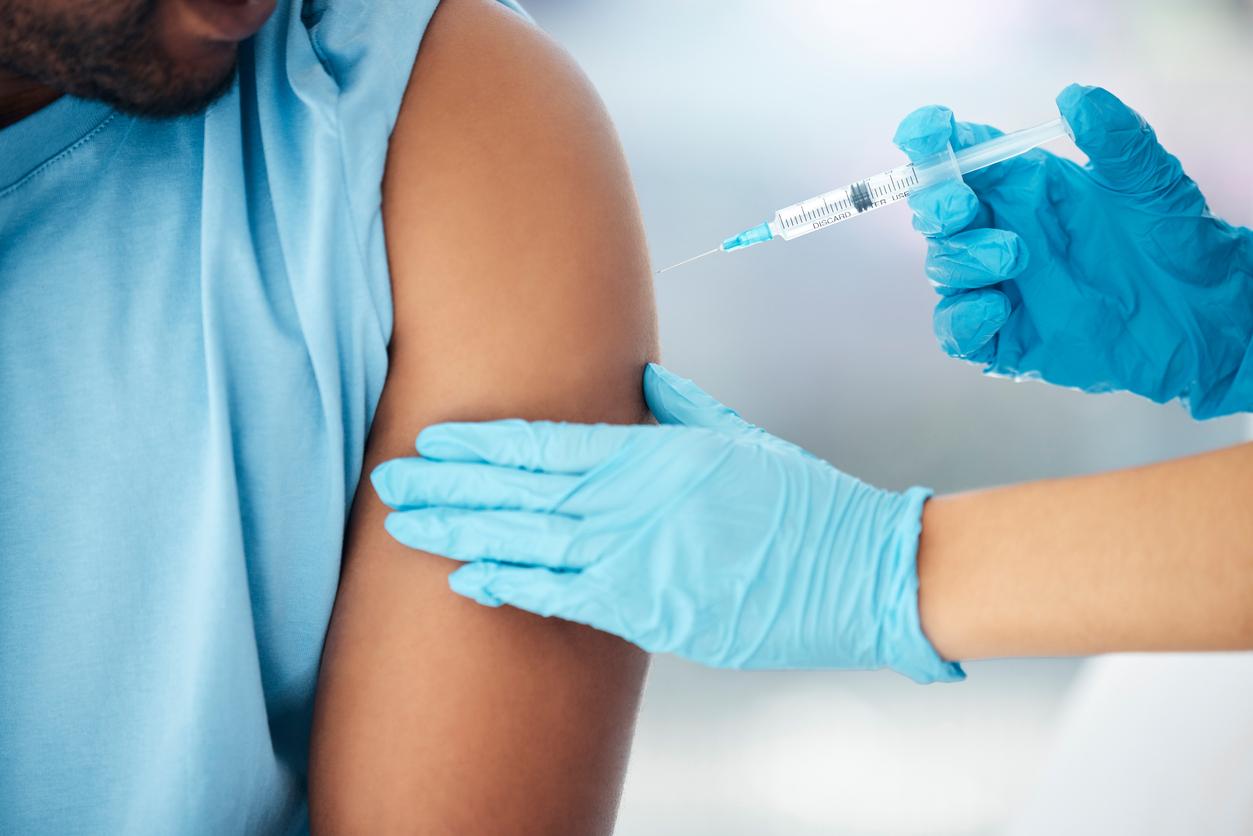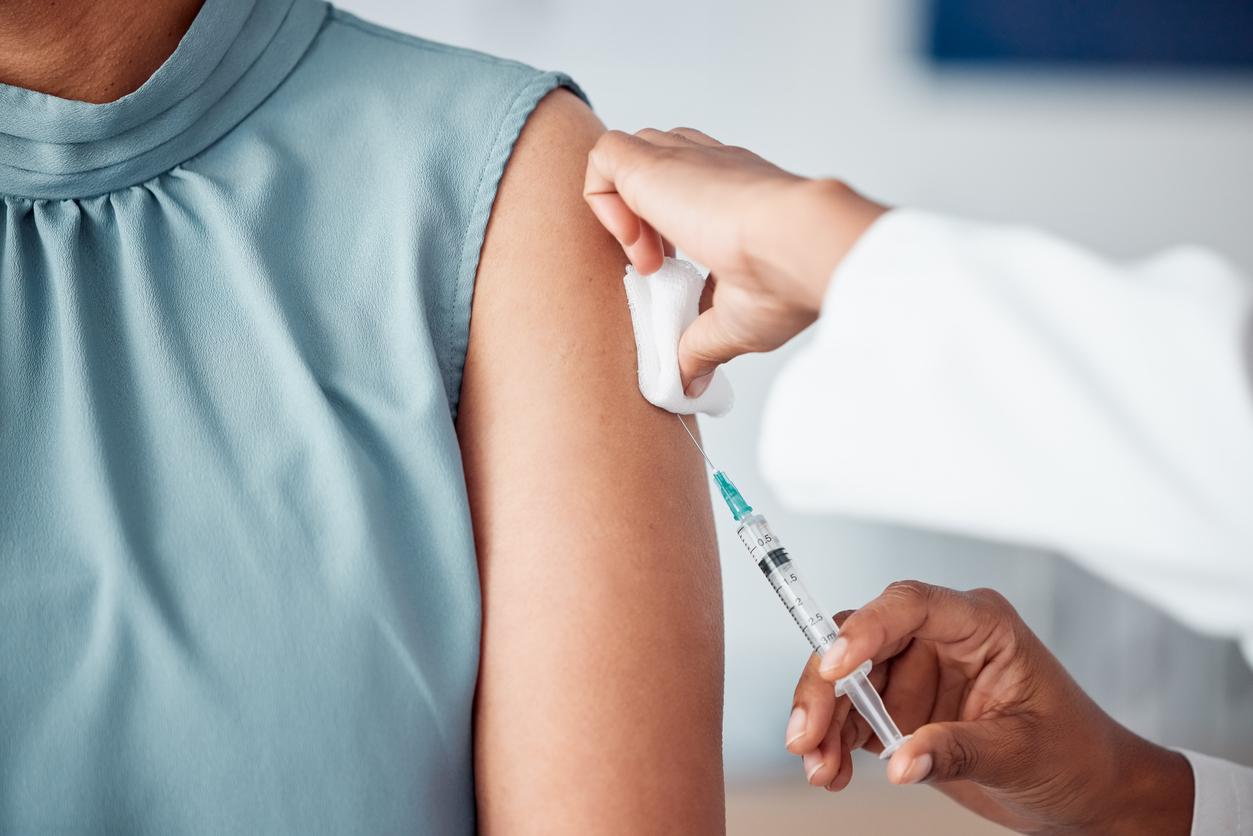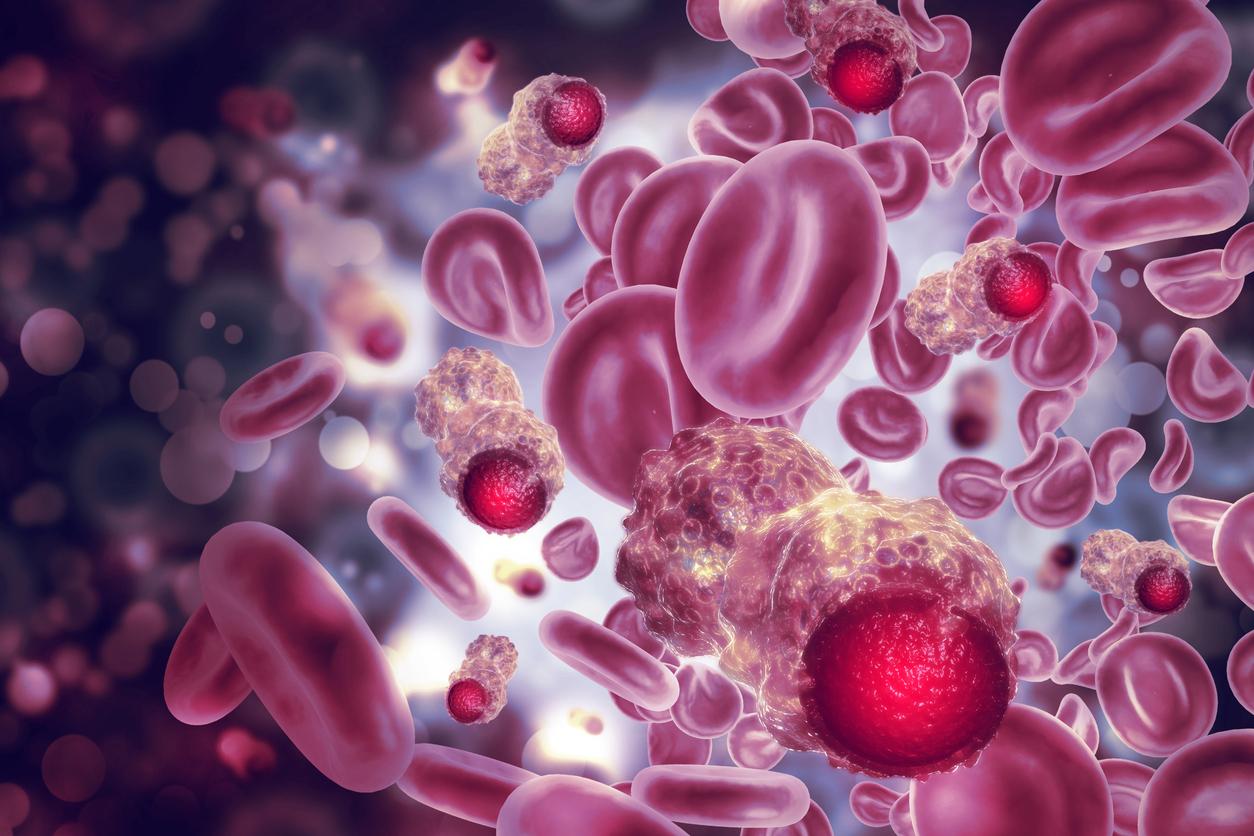The size of red blood cells is an indicator to determine the chances of survival after a Covid-19 infection.

- A standard test that quantifies variation in red blood cell size is strongly correlated with patient mortality.
- The risk of death is 2.8 times higher in these patients.
The factors that cause a serious form of Covid-19 infection are gradually being revealed. Age and obesity were the first two to be discovered but since then others like specific genes or genetic abnormalities. The size of red blood cells may well be a predictor of virus-related deaths. This discovery is the result of work carried out by American researchers from Massachusetts General Hospital (MGH) and Harvard Medical School (HMS), the results of which were published on September 23 in the JAMA Network Open.
Detect patients at risk as soon as possible
A simple blood test that allows the patients most at risk to be detected as quickly as possible and treated more quickly. “We wanted to find a way to identify as early and as easily as possible the Covid-19 patients who are most at risk, i.e. those likely to become seriously ill. […] and whose condition is likely to worsen rapidly”, continues John Higgings, professor of biology at HMS and lead author of the study.
For the study, the researchers analyzed blood samples from 1,641 patients admitted to Boston hospitals for Covid-19 infection and looked for the presence of biomarkers. “We were surprised to find that a standard test that quantifies variation in red blood cell size — called the RBC Volume Deviation Index (RBDI) — was strongly correlated with patient mortality, and that the correlation persisted when other identified risk factors such as the patient’s age and certain pre-existing conditions were controlled”, relates Jonathan Carlson, co-author of the study.
A 2.8 times higher risk of death
The researchers’ observations led to the indication that patients with an IVDE greater than 14.5% on admission are 2.8 times more likely to die of Covid-19 than others. This amounts to 31% risk against 11%. The increase in IVDE during hospitalization is also a risk of aggravation of the disease.
This study does not specify whether IVDE is already present in patients if its increase is induced by Covid-19. Previous studies have revealed that the virus leads to a change in blood composition in some patients. This results in particular in an overproduction of blood platelets which can lead to hypercoagulation.
















